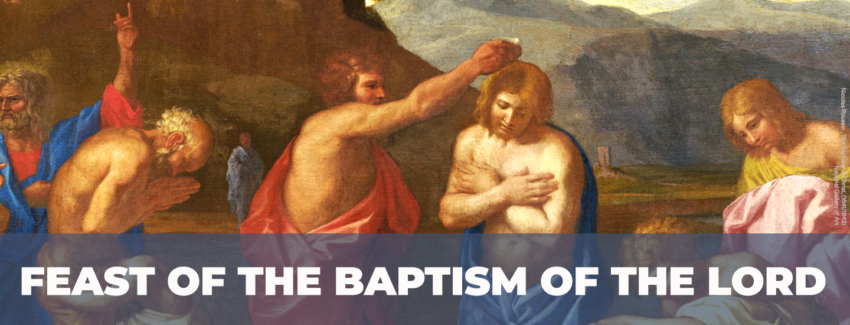In Catholicism, a great deal of emphasis is placed on the rituals surrounding the events of the Lord Jesus’s life from birth to resurrection to death. Every detail is minutely scrutinized and carefully celebrated in its own way. One such celebration is the Baptism of the Lord, which is celebrated in January every year.
It was originally observed through the event known as the Epiphany, which marked three events from the Gospel. It denoted the visit of the three Magi to the baby Jesus in his crib, the baptism of Jesus by the river Jordan and the wedding at Cana where Jesus is said to have performed his first miracle, turning water to wine. The Magi became the most prominent celebration of the Epiphany, and in 1955 Pope Pius XII instituted a separate liturgical commemoration for the Baptism, as the 13th of January. This was changed by Pope John XXIII and subsequently by Pope Paul IV, to its current date of the first Sunday after 6th January (the Epiphany), or if in a particular country the Epiphany is celebrated on 7th or 8th January, the following Monday. The feast marks the end of the liturgical season of Christmastide and the beginning of Ordinary Time.
The Baptism of Christ would seem to be a paradox, since in Catholicism baptism is meant for remission of past sins and Christ was said to be born without Original Sin. However, by humbling himself, the Son of God, to John the Baptist, Christ is seen to have been taking on the sins of others and giving his followers a model to replicate – it was necessary not for him, but for mankind. After the Epiphany, which is seen as the “first manifestation” of the Lord, the Baptism is the “second manifestation” which marks the beginning of Christ’s public ministrations.
